O.K., here is a back story and a painting to go with yesterday's introductory video. Enjoy!
Okay, hier ist eine Hintergrundgeschichte und ein Gemälde zu meinem Einführungsvideo von gestern. Viel Spaß!
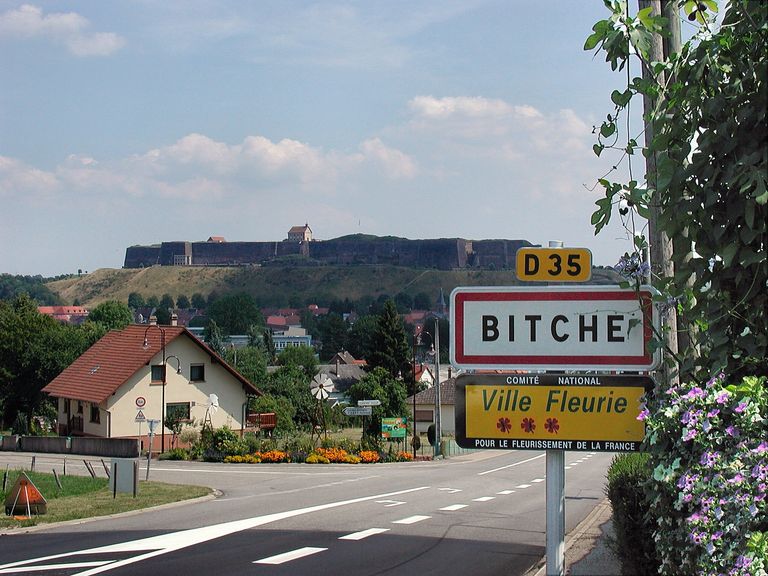
The small town of Bitche in the French province of Lorraine („Grand Est“ in newspeak) has always been strategically located at the crossroads of several long-distance connections from the Rhine to Lorraine and from Alsace to the Palatinate, which have been important since the early Middle Ages. Six important roads meet right here: from Strasbourg, Phalsbourg, Sarreguemines, Zweibruecken, Landau, and Wissembourg.
Das Städtchen Bitsch (Bitche) im französischen Lothringen (Neusprech: „Grand Est“) liegt von jeher strategisch günstig an der Kreuzung mehrerer, bereits seit dem frühen Mittelalter wichtiger Fernverbindungen vom Rhein nach Lothringen und vom Elsass in die Pfalz. Sechs wichtige Straßen treffen hier aufeinander, nämlich die von Straßburg, von Phalsbourg, von Saargemünd, von Zweibrücken, von Landau und von Wissembourg.
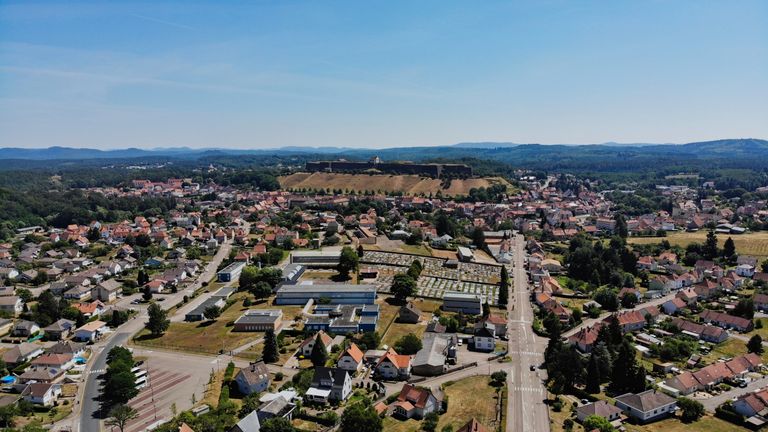
As geological coincidence would have it, Bitche, at the foot of the Northern Vosges, has a freestanding, flat sandstone plateau of approx. 1,300' x 160' which towers over the surrounding area by more than 260 feet. Until the 19th century, this rock was additionally surrounded by marshland, which further increased its defensive capacity, as it was almost impossible to position heavy siege equipment in front of the rock.
Wie der geologische Zufall es will, gibt es in Bitsch am Fuße der Nordvogesen ein ca. 400 x 50 m großes, freistehendes, flaches Sandsteinplateau, dass die Umgebung um über 80 m überragt. Bis ins 19. Jahrhundert hinein war dieser Felsen zusätzlich noch von Sumpfland umgeben, was die Verteidigungsfähigkeit weiter erhöhte, denn es war schier unmöglich, schweres Belagerungsgerät vor dem Felsen in Stellung zu bringen.
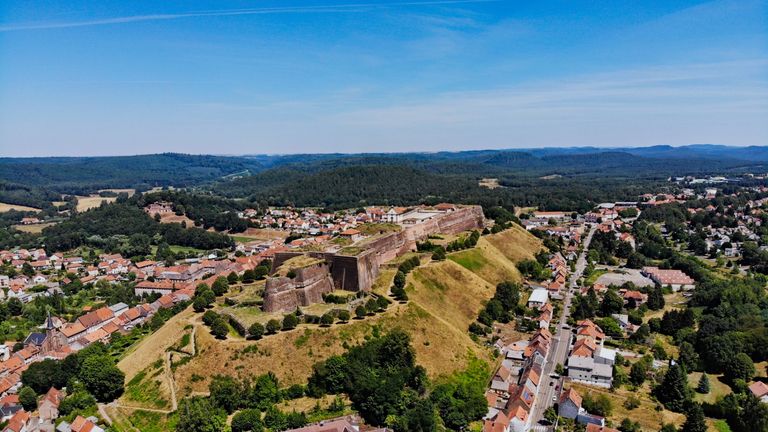
It is therefore not at all surprising that the advantage of this area for military defence was recognized as early as the Middle Ages. In a document from 1170 a „Bitis castrum“ appears, in which Frederick I of Lorraine is named as „Dominus de Bites“, and in 1172 we find a „castrum Bytis“ mentioned as the family estate of the dukes of Lorraine.
Es kann daher nicht verwundern, das schon im Mittelalter der Vorteil dieses Geländes zur militärischen Verteidigung erkannt wurde. In einem Dokument von 1170 erscheint ein „Bitis castrum“, in dem Friedrich I. von Lothringen als „Dominus de Bites“ benannt ist und im Jahre 1172 finden wir ein „castrum Bytis“ als Familiengut der Herzöge von Lothringen erwähnt.
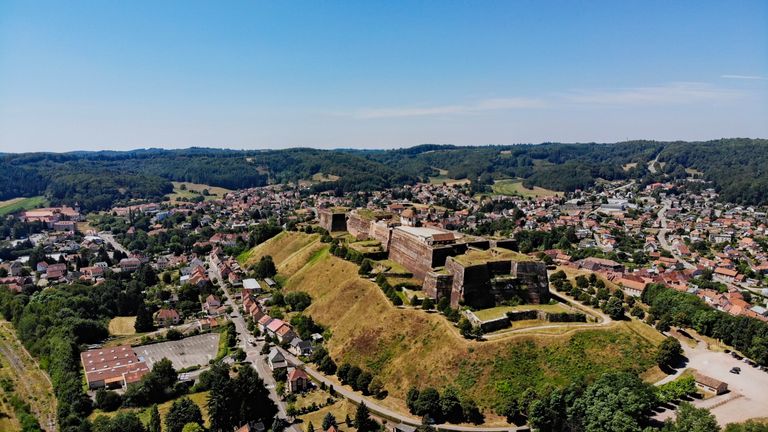
Over the centuries, the rich and powerful keep messing with the design of this castle until it is completely destroyed in the Great Peasants' Revolt of the 15th century. From 1683 to 1697, the great French military architect Sébastien Le Prestre Marquis de Vauban rebuilds it in the shape of a citadel, at the behest of King Louis XIV. For this, the outrageous sum of 2,500,000 Livres d'or is spent; as is generally known, the French people do not require bread to eat, on account of an overabundance of cake... However, in 1698, as a result of the conditions of the Peace of Ryswick, the new citadel is razed to the ground already!
Im Laufe der Jahrhunderte werkeln die Reichen und Mächtigen an dieser Burg; im Bauernkrieg des 15. Jahrhunderts wird sie gar ganz zerstört. 1683 bis 1697 baut sie der große französische Festungsbaumeister Sébastien Le Prestre Marquis de Vauban auf Geheiß König Ludwigs XIV als Zitadelle wieder auf. Dafür wird die unerhörte Summe von 2.500.000 Livres d'or ausgegeben, denn die Franzosen brauchen bekanntlich kein Brot zum Essen, da sie ja haufenweise Kuchen haben... Doch schon im Jahre 1698, als Ergebnis der Bedingungen des Friedens von Rijswijk, wird die neue Zitadelle geschleift!
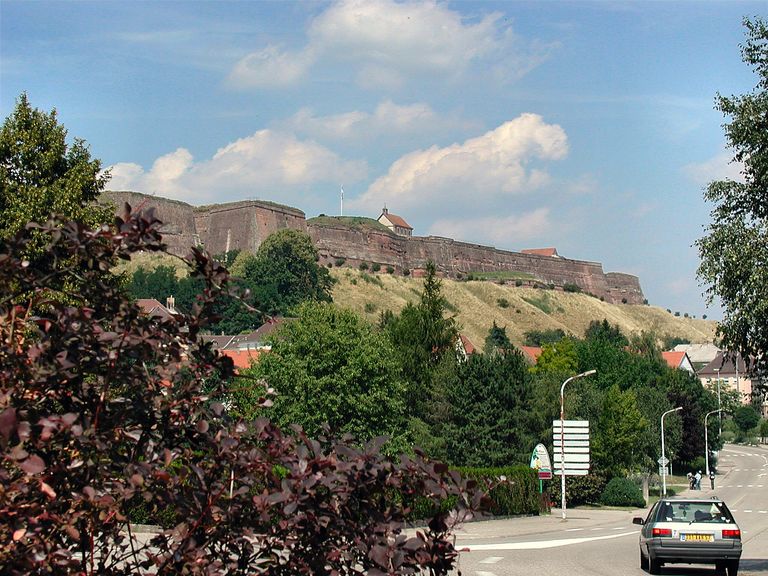
It's not until the 18th century that the ruins are uncovered and Vauban's ideas used as the basis for a new citadel. Those fortifications, which pretty much characterise the cityscape of Bitche today, are built over a period of 13 years. The entire steep sandstone mountain is traversed by a labyrinth of underground passages, casemates and large halls driven into the rock. The engineer Louis de Cormontaigne is in charge of planning this new fortress.
Erst im 18. Jahrhundert werden die Ruinen freigelegt und Vaubans Ideen als Grundlage für eine neue Zitadelle genutzt. Über 13 Jahre hinweg entstehen die Befestigungen, die im Wesentlichen auch heute noch das Stadtbild von Bitsch prägen. Der gesamte steile Sandsteinfelsen ist dabei durchzogen von einem Labyrinth in den Fels getriebener unterirdischer Gänge, Kasematten und großen Hallen. Für die Planung der neuen Festung zeichnet der Ingenieur Louis de Cormontaigne verantwortlich.
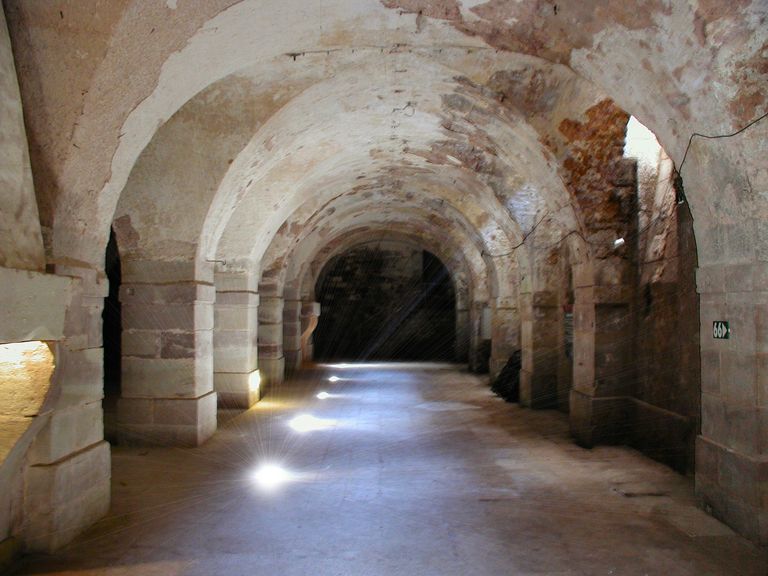

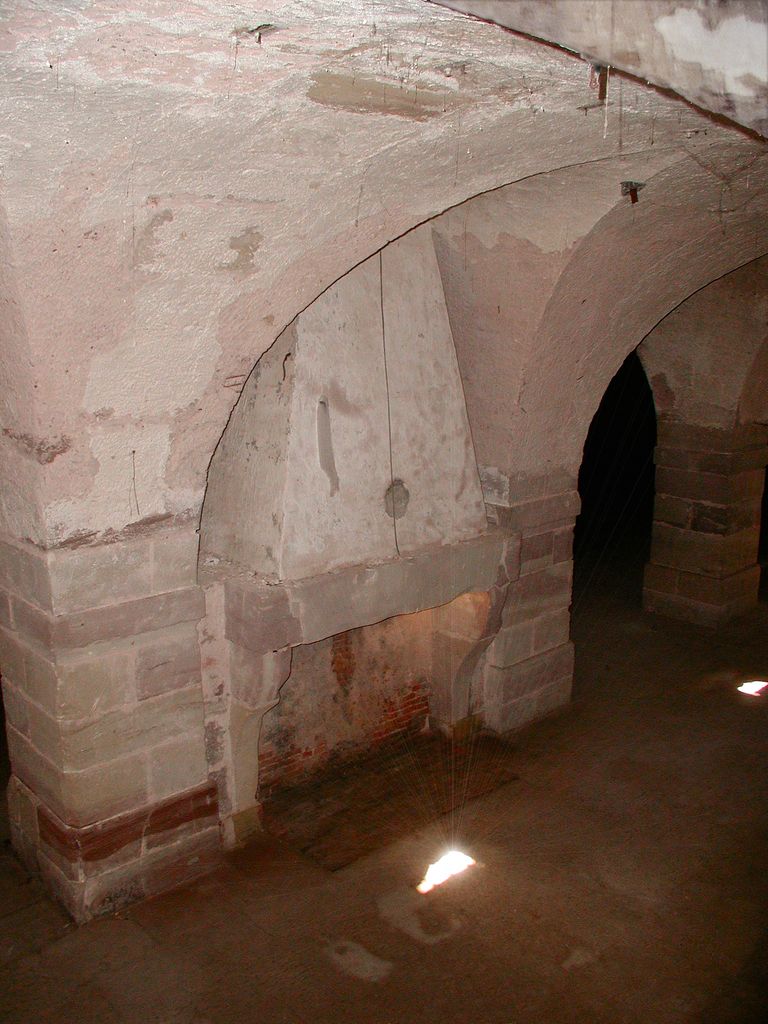
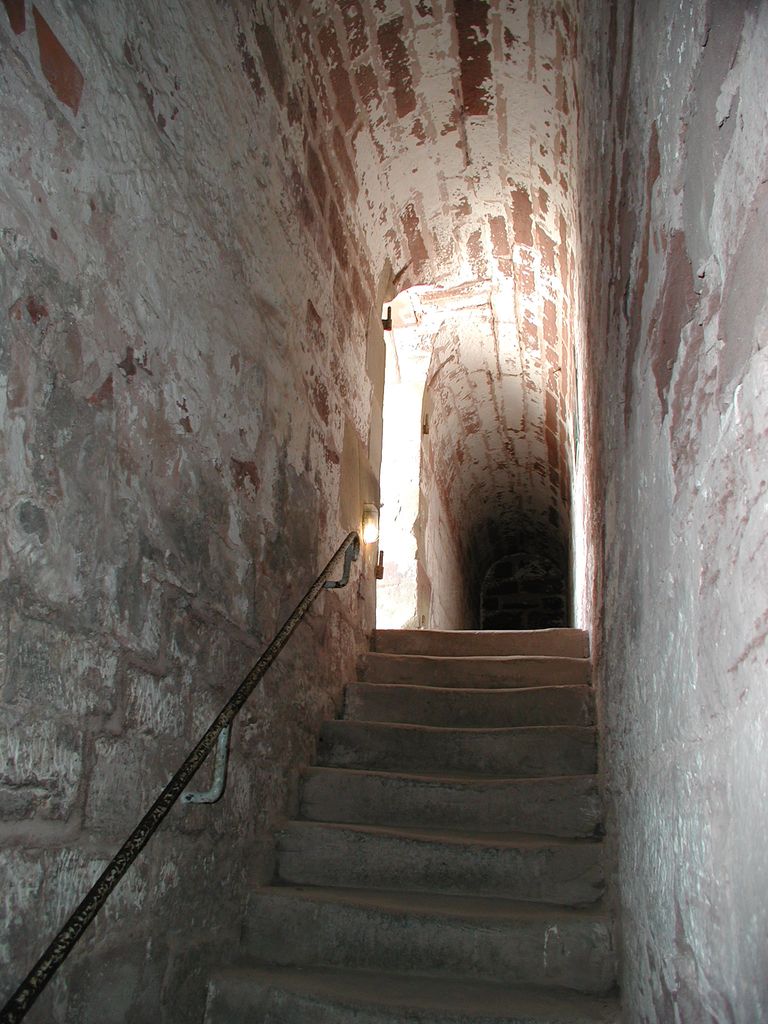
During a siege in the Franco-Prussian War in 1870-1871, the citadel is partially destroyed. For 230 days it can resist the attacks of a 7,000 strong Bavarian army and three violent bombardments. Then it falls to the German Reich, is modernized, and occupied by a Prussian garrison. Through further developments of artillery technology this last large citadel loses its military importance by the end of the 19th century and has no significance in the First World War.
Während einer Belagerung im Deutsch-Französischen Krieg in den Jahren 1870-1871 wird die Zitadelle teilweise zerstört. 230 Tage lang widersteht sie den Angriffen einer 7.000 Mann starken bayerischen Armee und drei heftigen Bombardierungen. Dann fällt sie an das Deutsche Reich, wird modernisiert und von einer preußischen Garnison besetzt. Durch Weiterentwicklungen der Artillerietechnik verliert diese letzte große Zitadelle gegen Ende des 19. Jahrhunderts ihre militärische Bedeutung und spielt schon im Ersten Weltkrieg keine Rolle mehr.
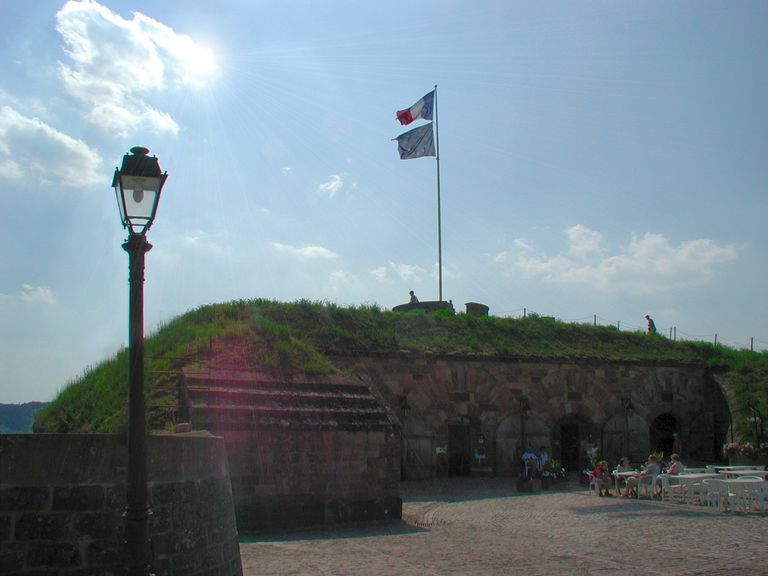
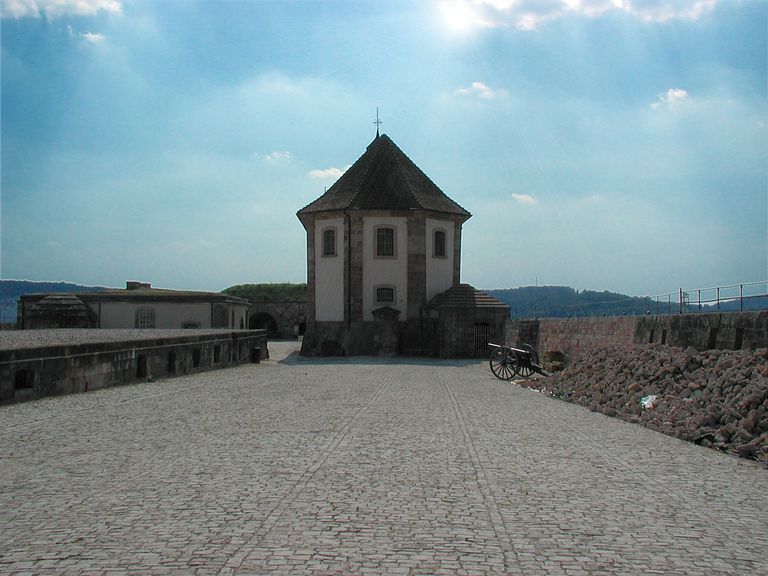
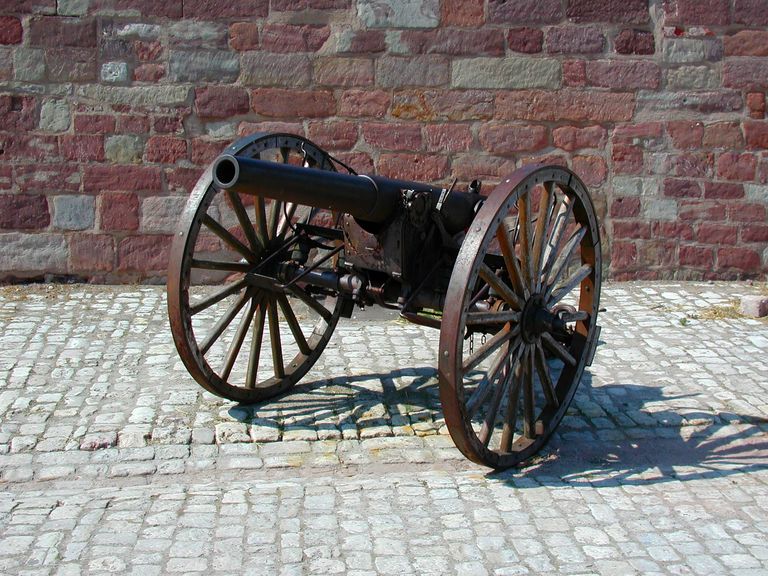
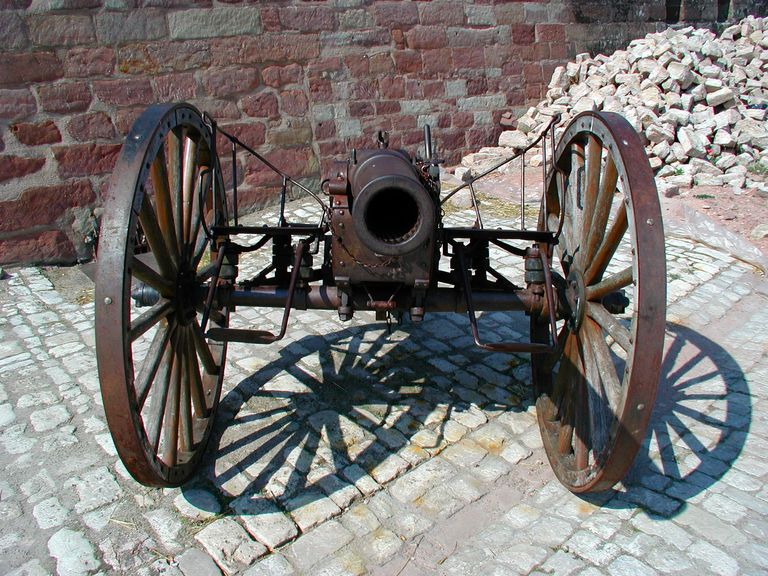
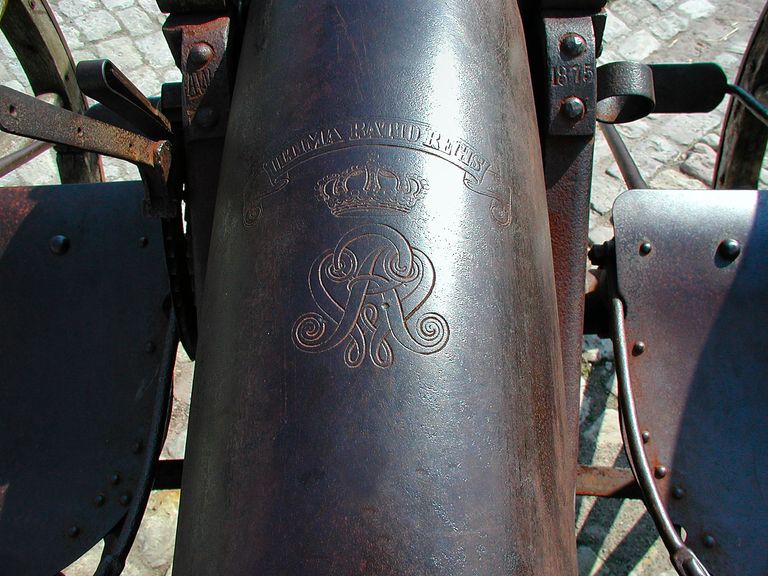
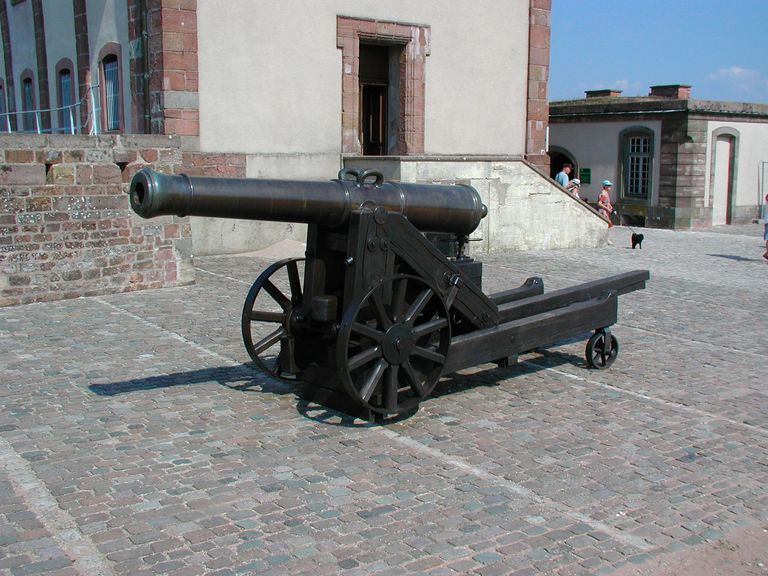
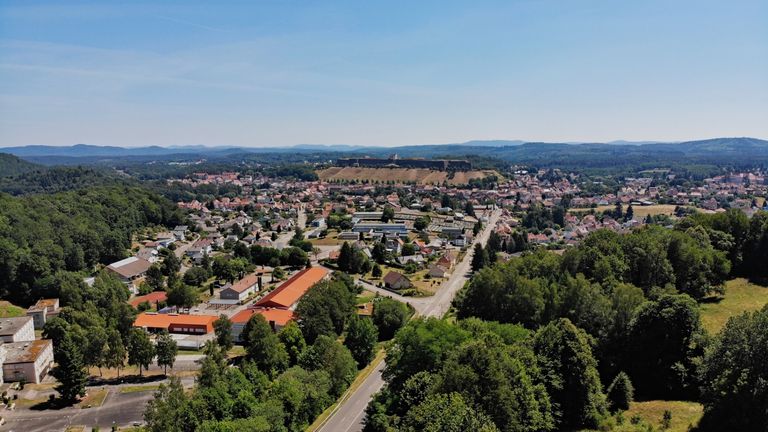
But wait, there's more! I painted Trifels Castle (Annweiler am Trifels, Rhineland Palatinate) from the drone video. To be honest, there are quite a few beginner mistakes in the painting, and I don't much care for the drone perspective, but it was worth a try. In art, time is only wasted if one doesn't learn something, wouldn't you agree?
Halt, halt! Es gibt noch einen Nachschlag! Ich habe die Reichsburg Trifels (Annweiler am Trifels, RP) etwas später nach dem Drohnenvideo gemalt. Ehrlich gesagt, das Bild hat viele Anfängerfehler und die Drohnenperspektive in einem Gemälde gefällt mir auch nicht sonderlich, aber einen Versuch war es wert. Kunst ist nur dann Zeitverschwendung, wenn man nix dazulernt, oder?
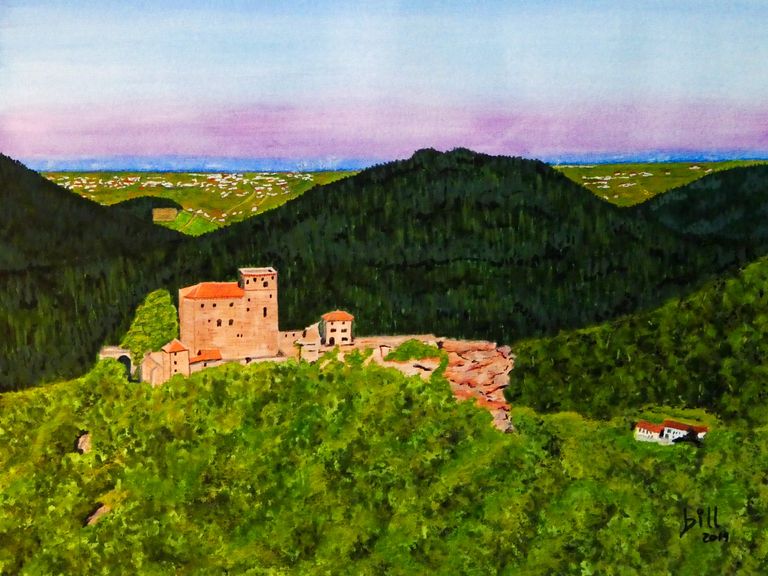
"Trifels Castle"
mixed media on paper
40 x 30 cm (15 ¾" x 11 ⅞")
Thanks for looking, and please don't forget to upvote and reblog if you liked my post. Catch you next time!
Danke fürs Anschauen, und vergesst bitte nicht das Upvoten und Rebloggen (oder heißt das jetzt "reblurterisieren"?) wenn euch mein Beitrag gefallen hat. Bis zum nächsten Mal!
Hahaha. You got a reblurt.
Dankeschön :-)